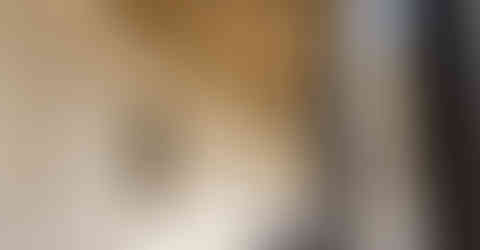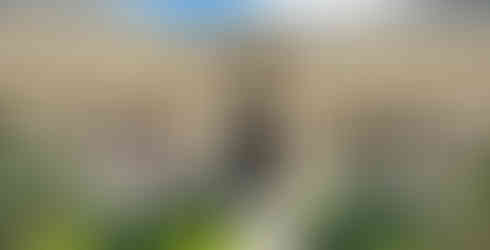Having been living in Paris for some time, we have visited some of the city’s most familiar museums, like the Louvre, Musée d'Orsay, Musée de l'Orangerie, the Centre Pompidou, Palace of Versailles etc. It wasn’t until last month, though, that we finally visited the Petit Palais (and it’s free to all!!). They say it’s better late than never. In this case, this Parisian Museum of Fine Arts really didn’t disappoint. Mind you, we are not going to talk about its art collection, but its magnificent design. If symmetrical façade, columns, interior decoration etc. interest you, keep reading!
BUILT FOR THE 1900 UNIVERSAL EXHIBITION

Do you know that Paris has 14 museums, and that the Petit Palais is one of them? Built together with the Grand Palais in 1900 for the Universal Exhibition, its purpose was to exhibit various French art originated from the 1800s. Starting 1902, it has become a museum (Palais des Beaux-Arts de la Ville de Paris) that is accessible to all. Though a museum, one of its most distinguishable features to us is its design. Unlike the Louvre whose Pyramid design is quite contemporary or the glass and metal structure of the Centre Pompidou that is quite signature, the exterior of the Petit Palais is a different genre. Designed by the French architect Charles Girault, it has the traditional columns, the modern grand porch, the classic stained glass windows and sculptures, the iconic dome, and the very stylish mosaics. The Palais itself is literally a piece of art that we can get in to admire its architecture.
THE ARCHITECTURE - ENTRANCE, GARDEN, STAIRS

The main façade of the Petit Palais is already something, a grand staircase leading us right to the gilded entrance gate topped by a dome. When you step into the Palais, the first extraordinary view that you are going to see is its entrance hall. Bathed in the natural bright sunlight, the grand rotunda is lit by stained glass and decorated with four paintings (La Mystique, La Plastique, La Pensée, and La Matière) on the vaulted ceiling. You see also the Italian mosaics on the floor. Together, they mark prestigiously the beginning of your tour.
On the left through the glass door, you will find its famous courtyard garden with a semi-circular walkway built in peristyle. As Petit Palais is trapezoid, it leaves a spacious area in the centre, where the garden is located for visitors to rest and relax. We especially enjoyed the walkway ceiling, which is decorated with paintings that signify the 4 seasons, the 12 months of the calendar, as well as the hours of the day and night. Each has its own interpretation, like Winter is the time of suffering and Summer is the hymn of happiness.

The classy internal staircase in the Petit Palais is of significance too. Charles Girault specifically designed the staircase using wrought iron to achieve a sense of lightness and elegance. Not only does the spiral show exquisite craftsmanship, the balustrade is also of the Art Nouveau style that juxtaposes with the classy, academic art inside the gallery. When we first saw the staircase, it looked as if it were floating, without any structural support to reinforce the middle. Anyone who passes by will for sure be beheld by Girault’s stunning design.
The upper floor where the stairs are allows people to discover the sculptures and paintings of the 1900s. Down the stairs is the ground level that keeps works of art from the Antiquity, Middle Ages, and the Renaissance. If you are planning to visit the place, be sure to give yourself 4-5 hours to really immerse in it, cause that’s the time it took us to savour the place and the art pieces it holds.




